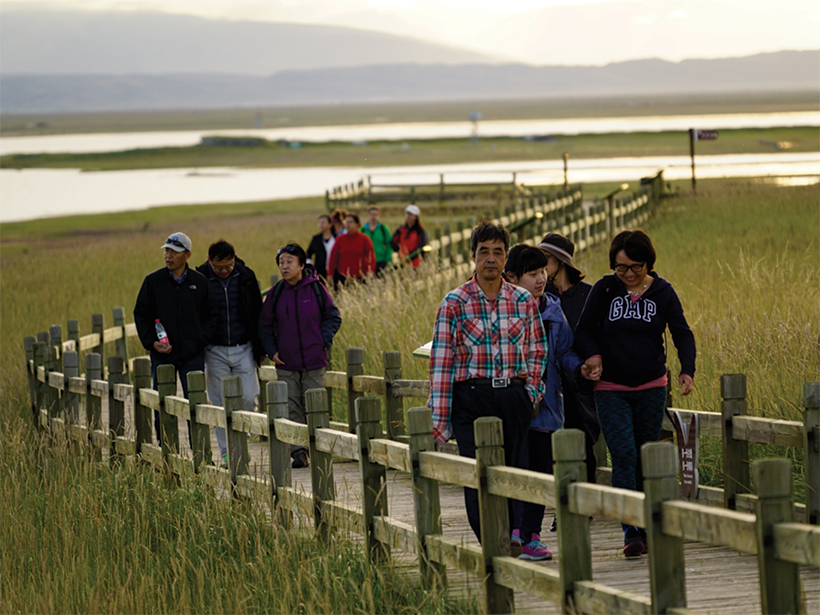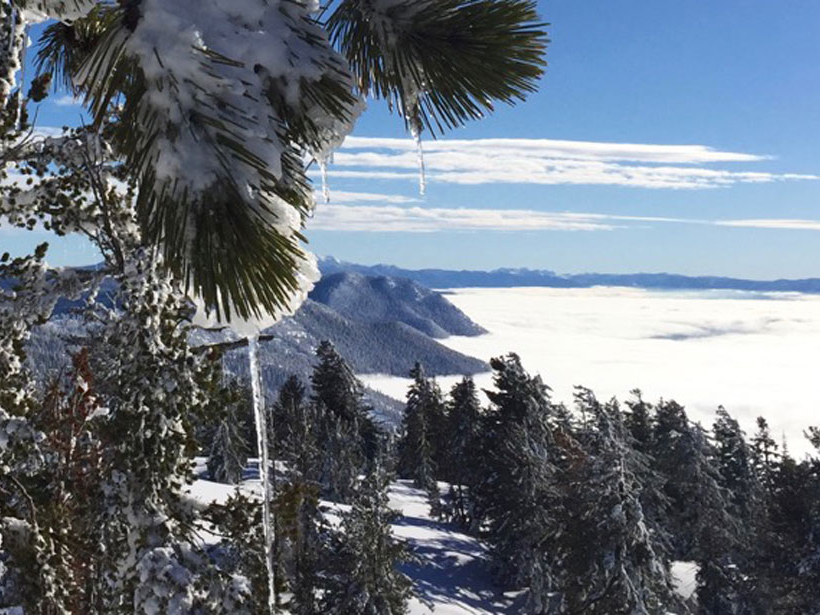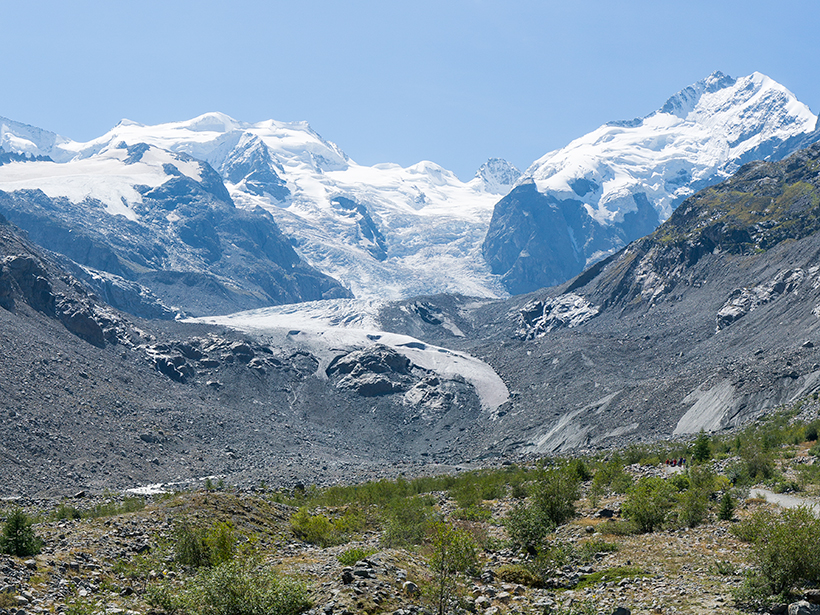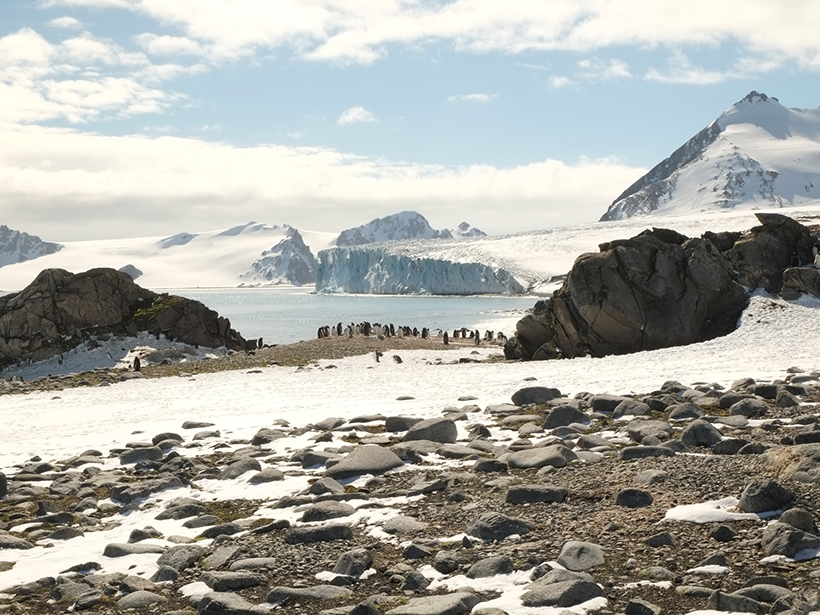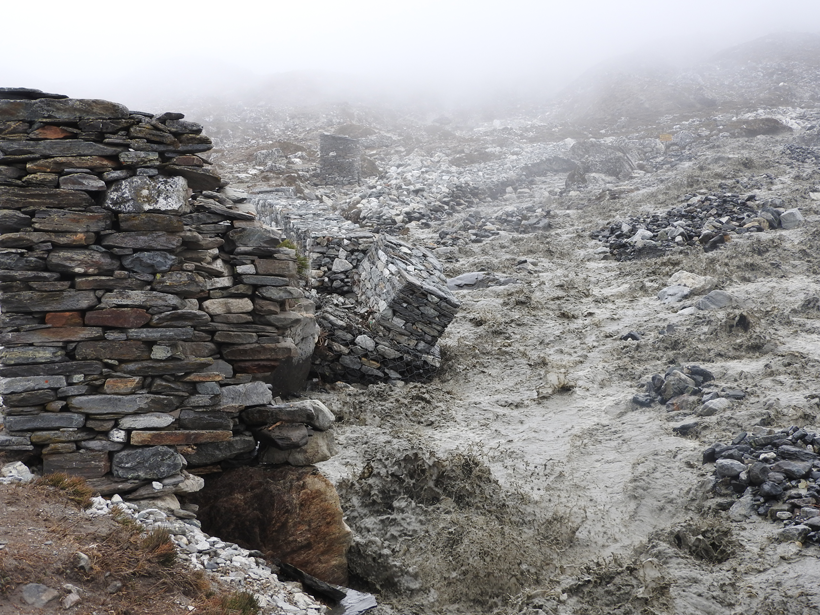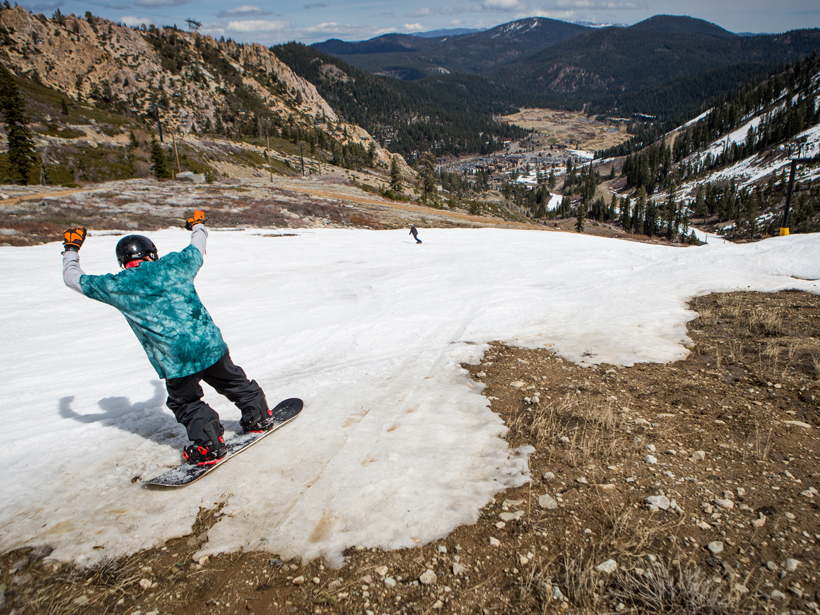High-resolution radar images from Switzerland’s experimental test site show that snow temperature is a key factor in classifying avalanche behavior.
snow
U.S. and China Assess Ecosystem Effects of a Fading Cryosphere
Impacts of a Changing Cryosphere on Lakes and Streams in Mountain Regions: US-China Collaborative Workshop at Qinghai Lake; Qinghai, China, 21–27 August 2017
How Does Snow Affect the Intensity of Mountain Precipitation?
A new investigation into the sensitivity of extreme precipitation in a changing climate indicates that more winter rainfall and protracted snowmelt may require local adaptations to winter flooding impacts.
Reducing Errors in Satellite-Derived Arctic Sea Ice Thicknesses
Salty snow throws off satellite-based estimates of Arctic sea ice thickness by up to 25%. A new method seeks to fix that.
Cosmic Ray Neutrons Reveal Mountain Snowpacks
The first application of aboveground neutron sensing to evaluate alpine snowpacks indicates that this method can reliably detect average snow depth and water content across intermediate distances.
How the Micrometeorology of Alpine Forests Affects Snowmelt
A field study in the Swiss Alps showed considerable spatial and temporal variability in forest air and surface temperatures, with implications for snowmelt models.
Artificial Snow Could Make Alpine Glacier Grow Again
A retired professor devises a plan and evaluates the cost of saving one town’s signature glacier from climate change.
Antarctic Microbes Shape Nutrient Content of Snowmelt
As temperatures continue to rise, snow-dwelling microbes could accelerate melting and influence downstream ecosystems.
Glacial Outburst Flood near Mount Everest Caught on Video
More than 2 million cubic meters of water, hidden deep within Lhotse Glacier, spilled down toward the village of Chukhung, Nepal, in 2016.
Defining Snow Drought and Why It Matters
Swings from snow drought to extreme winter rainfall make managing reservoirs, like the Oroville Dam, incredibly difficult. But what exactly is "snow drought"?


